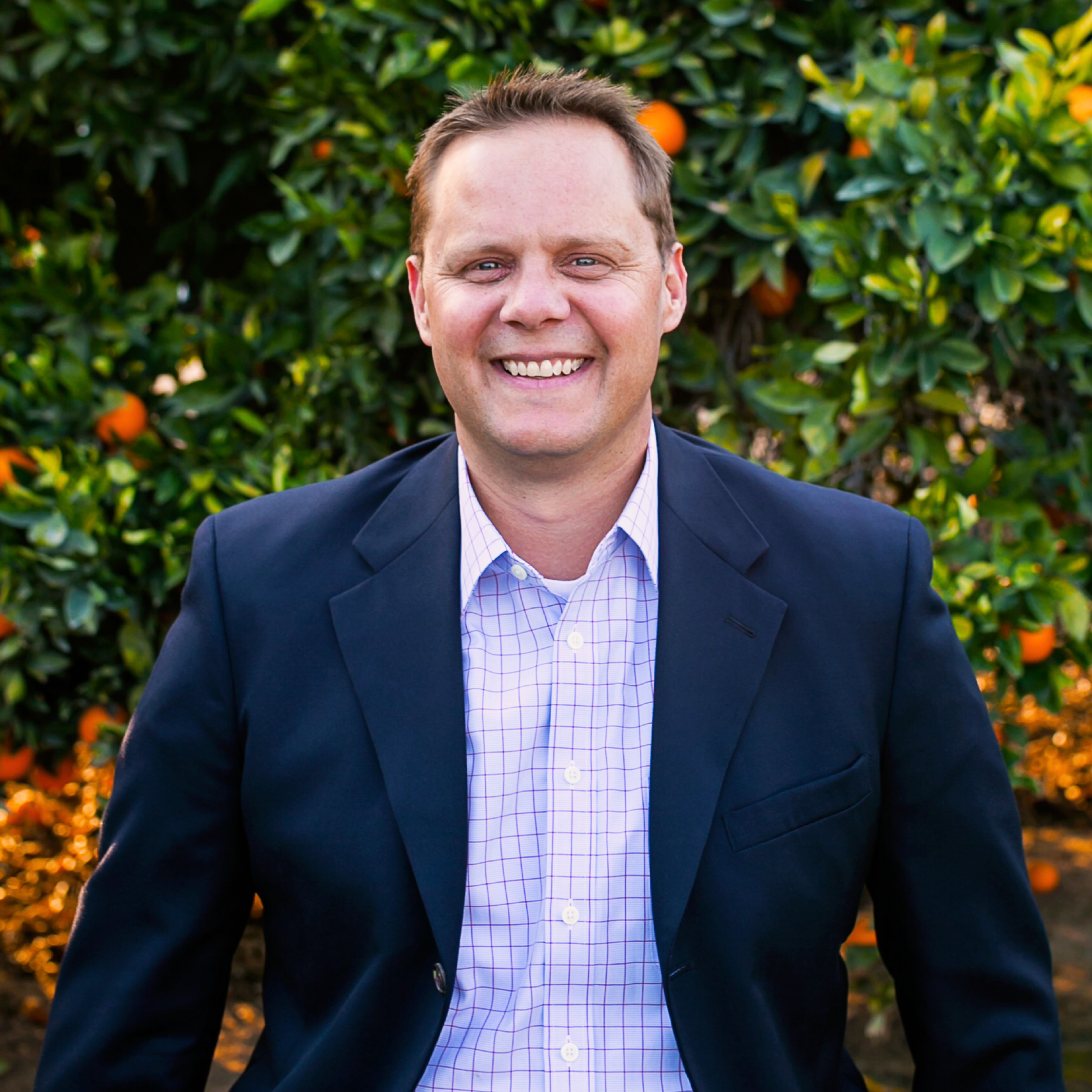In the midst of creating curricula, administering tests, grading papers, and handling parents, teachers need to take the time to focus on investing in their own future—literally.
However, we know that when it comes to retirement planning, researching your options, creating a plan, and evaluating your risk tolerance, things can get a bit complex and overwhelming. And teachers, known for giving their all to their students during work hours and beyond, may be less likely than most to take the time to do something just for themselves.
That’s why the team at Harvest Wealth Group pulled together this list of the four key things teachers should know about 403(b) plans to help you build the momentum you need.
How a 403(b) Plan Works
You have probably heard of 401(k) plans or individual retirement accounts (IRAs) before. If so, 403(b) plans are very similar, but these retirement savings tools are made just for teachers and those who work with and directly support them, including employees of public schools, state colleges, and universities, among others.
Much like the more commonly known 401(k), there are significant tax advantages and savings benefits for those who participate in a 403(b), including:
- Pretax contributions to a 403(b) plan and earnings on these amounts are not taxed until they are distributed from the plan.
- Employers often match an employee’s contribution up to a certain limit.
- Participants can choose from a wide range of investment options within the 403(b) programs.
The Four Things You Need to Know About 403(b) Plans
You may have plenty of questions and strategies that you and your family can discuss with your own financial planning professional. To get you started, the Harvest Wealth Group team wants to make sure you know these four key things:
1. You can pay yourself first.
The great thing about retirement tools such as 401(k) and 403(b) plans is that they incentivize you to do one of the most important things when it comes to personal financial planning: pay yourself first.
In addition to the benefits of having your employer potentially match your contributions, which can accelerate your retirement savings, you can work with your school’s human resources department or benefits group to set a certain dollar amount or percentage of your pay to be deducted automatically into your 403(b) savings account. That way, you can put investing in your future first without even thinking about it.
2. You can find one to fit your needs.
Although there are fewer 403(b) plan administrators on the market than those offering 401(k) plans, you can still do your research and find a 403(b) plan that fits your investment style and aligns with your goals.
For example, you can choose a 403(b) plan that offers blended investment portfolios, index funds that follow a broader stock exchange, mutual funds, and annuities.
3. Both kinds of employee contributions are allowed.
Depending on your family’s overall tax liability and retirement plans, 403(b) plans offer teachers the ability to contribute either pretax income or after-tax income to their plans.
Because both have their advantages and disadvantages depending on your tax situation when you begin withdrawals, it is important to make a decision with your loved ones about which option is best for you given your current and future tax liability.
4. 403(b) plans are equally transferrable.
Finally, also like 401(k) plans, 403(b) plans give teachers the flexibility to bring their savings with them if they change schools or leave their teaching career altogether.
When the time comes, you have the option of rolling over your investment like you would another retirement plan or moving the balance to an IRA. In some cases, you may even be allowed to leave it with your old employer.
Take the Next Step
Teachers know—perhaps better than anyone—how important flexibility is when planning. You need to constantly evaluate your goals, approach, and comfort level when developing your personal retirement plan with a 403(b).
And, of course, this article is just a starting point for those considering using 403(b) plans or already using them in their retirement planning. There are numerous different paths, strategies, and considerations that each investor should think about as they move along their journey toward retirement.
Fortunately, you don’t have to make these decisions alone.
If you would like to learn more about how 403(b) plans fit into your own personal financial planning and which options are best for you, we welcome the chance to get to know you.
Contact us here to learn more about Harvest Wealth Group and how we can help you on your financial journey. In the meantime, you may be interested in our free resource, Creating a Personal Financial Plan to Help You Reach Your Money and Life Goals.
About the Author

Garrett German
Garrett German* founded Harvest Wealth Group with the aim to create a meaningful experience that will impact his clients, in a significant way, both personally and financially. After your first meeting with our team, we’ll help you work toward financial clarity and confidence.




